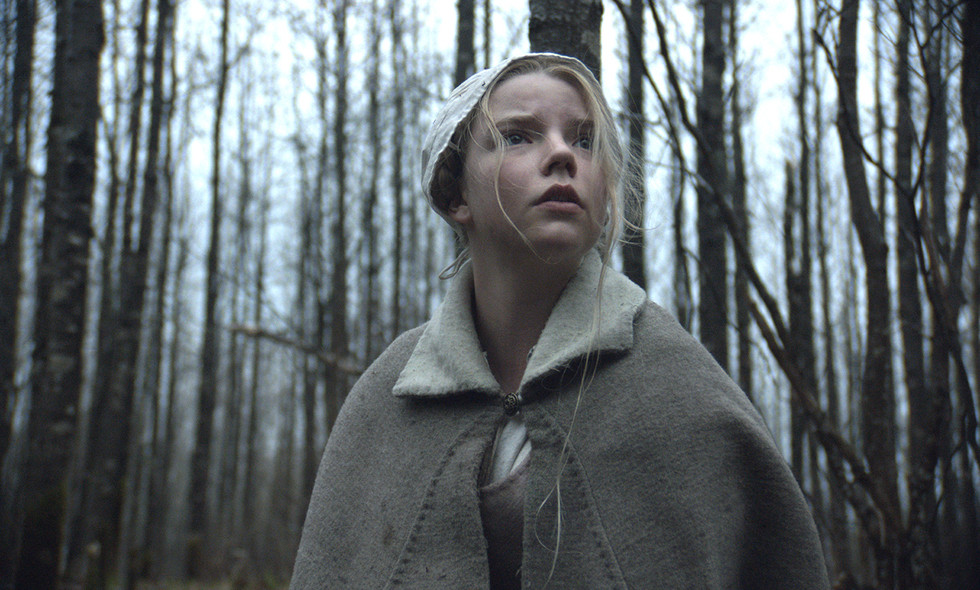
In today’s era of cinema, the horror movie is in somewhat of a dark place. Too reliant on jump scares and the tiresome, predictable tropes that were growing tiresome twenty years ago but are somehow still used. For a while, the genre was weighed down with the horrifically terrible torture porn subgenre as people seemed to forget that excessive amounts of blood and gore by no means equal effective horror.
After that we experienced found footage phenomenon and while a few films were able to make use of it in creative ways, it quickly became a lazy way of cutting back production costs and making a movie seem much more frightening than it really was. As well as that who can forget a series of terrible remakes/reboots like Friday the 13th, The Amityville Horror and Last House on the Left, none of which came close to capturing the brilliance of the originals.
When Hollywood had recycled everything they could, they went to churning out one lazy supernatural horror film after another, such as Ouija or The Other Side of the Door. Then of course you have sequels that no one ever asked for like The Last Exorcism Part 2 (which is surely a contradictory title in itself) or needless prequels like Texas Chainsaw: The Beginning.
But it feels as if almost everyone has had some kind of rant about the state of modern horror recently and though it may be justified there is a reason to still be hopeful for the genre. Every now and then a real gem emerges, something original, inventive, brilliantly crafted and above all genuinely frightening comes along to surprise us.
The 2010s have already seen their fair share of awful horror films but there have also been some incredible ones that almost make up for them, this list will count down ten of the very best.
To clarify though, the line between horror and thriller can sometimes be difficult to pin down, so when it comes to highly acclaimed movies like We Need to Talk About Kevin or Black Swan, they will sadly not be appearing on this list. There are also a few honourable mentions in the form of The Conjuring, The Borderlands, Insidious, and You’re Next. But regardless, here are the selections that did make it.
10. Kill List
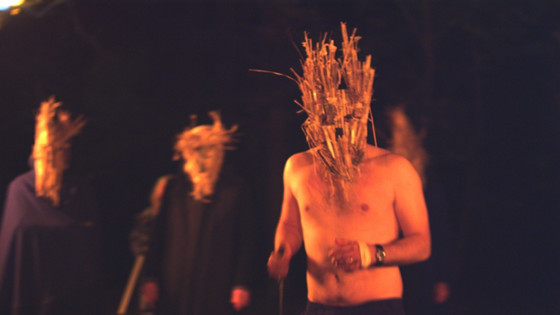
Director Ben Wheatley is no stranger to making surreal and frequently disturbing movies from his other foray into the horror genre, from A Field in England, to his latest directorial effort, the science fiction thriller High-Rise. The plot for his 2011 horror film concerns a British soldier returning home from Kiev only to join an old friend as contract killers. His disturbed past surfaces as he spins out of control during jobs and ominous employers raise the stakes.
Kill List is able to overturn to conventions of horror and turn them into a tension fuelled, gritty and edgy film that creates an almost distressing sense of entrapment for every minute of screen time. Though it appears to be a standard crime movie, Kill List rapidly becomes an intense and claustrophobic horror film that only builds on its own tension until it reaches boiling point and then goes beyond that as well.
Kill List creates such a sense of discomfort through atmospheric filmmaking that it becomes near impossible to point to a single aspect that unnerves the viewer, instead it’s a culmination of some masterful direction and pitch perfect performances, especially from its two leads Neil Maskell and Michael Smiley who both bring a unique detachment to each character but also make them distinctly relatable.
The sense of social realism that permeates the film only serves to emphasise that effect with the realistic dialogue and no nonsense approach to its more violent scenes.
The film also shows a certain restraint that is somehow, even more terrifying. Though there are scenes of explicit violence, it never feels unnecessary or overused, Wheatley wields his camera in a way to suggest and imply our existing fears and keeps his cards close to his chest as the plot unfolds. So as a result, Kill List becomes a taut horror film that is impossible to look away from no matter how uncomfortable it gets.
9. Berberian Sound Studio
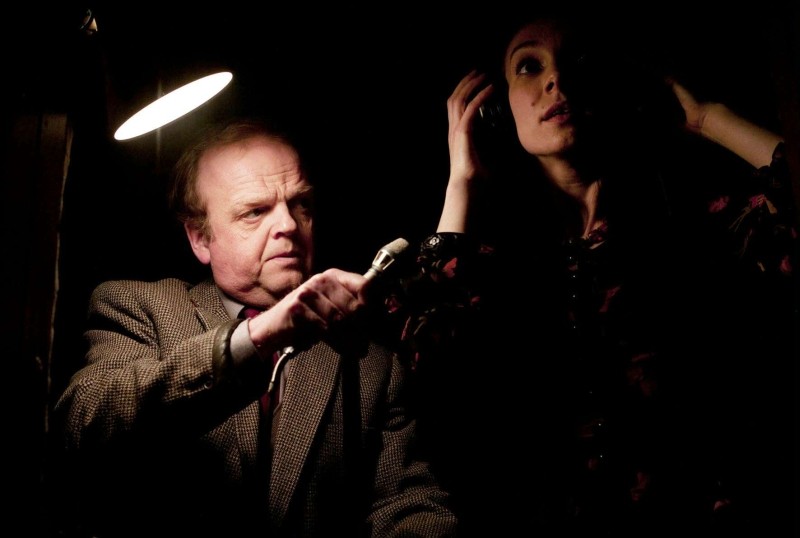
Director Peter Strickland made a name for himself with his debut Katalin Varga, but though it was heavily praised, it went mostly unseen by general audiences. His next project was a film about a sound designer, played by Toby Jones, who ventures to Italy in order to work on a film called The Equestrian Vortex, but is shocked to learn that he is working on a violent slasher film. Nonetheless he sets to work only to be drawn deeper into the sadistic nature of the film itself.
Being set in the exact place in which they were made, there are plenty of call backs and references to 1970s Italian horror cinema that any adverse cinephile can appreciate as each reference is so exquisite and wonderfully detailed. But all of this comes despite the fact that the viewer never gets a glimpse of the fictional film-within-a-film, but instead Berberian Sound Studio allows the viewer’s imagination to do most of the work.
We hear Jones’ character creating the most revolting and vile sounds such as crushing vegetables for what seems like an increasingly gory torture scene. We also hear the actors being brought in to record scream effects that also sound utterly horrific.
But despite its restraint, Berberian Sound Studio is able to unearth a genuine sense of fear and dread. It evokes a sense of unease and corruption as both the viewer and the central character rapidly become lost within this fictional film and gradually becomes more complex and deep as the story continues to plough along at a wonderfully slow burn. Toby Jones is fantastic in the lead role as a man who considers himself out of his depth only to discover his true self in an increasingly disturbing fashion.
Strickland’s film has earned comparisons to David Lynch for its surrealist overtones and offbeat sensibilities while also being compared to the work of David Cronenberg and in particular Videodrome as a story of a character drawn into a world of artificial violence through the media and its techno-surrealist tones.
8. Let Me In
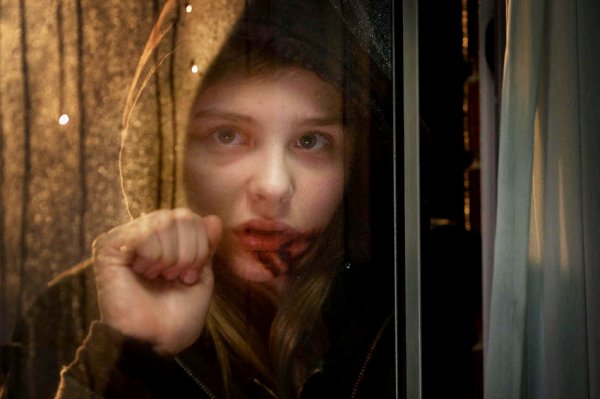
Many may instantly dismiss this due to the fact that it is a remake of the immensely acclaimed Swedish horror film Let the Right One In. But a closer glance will reveal that, while it may not be as brilliantly subtle or as challenging, as the original, Let Me In is a film that not only manages to remain loyal to its source material but also succeeds in making enough artistic changes to stand on its own as a brilliantly frightening modern horror film.
Let Me In is quietly stylish but also thoroughly chilling as director Matt Reeves builds an inescapable sense of tension as the film continues to move along as well as a constant atmosphere of unease that only relents during the film’s explosive displays of terror. But at the same time, there is a heart and soul to the movie that many inferior horror films lack, it carries an emotional weight behind it that confronts the viewers with existential and moral quandaries.
Like the original Swedish film, Let Me In tells the story of a bullied 12-year-old boy who develops a friendship with a female vampire child in Los Alamos, New Mexico in the early 1980s. Over time he begins to move into her life as her Familiar, to be Abby’s servant is the price for not being Abby’s victim.
As so many remakes focus on upping the scale and focus more on easy scares and slick special effects, it should be surprising that Let Me In is as interested intimate scenes and implied horror instead. It shows a distinct understanding from Reeves about what made Let the Right One In as great as it was and he is able to replicate the effect here with chilling results.
7. I Saw the Devil
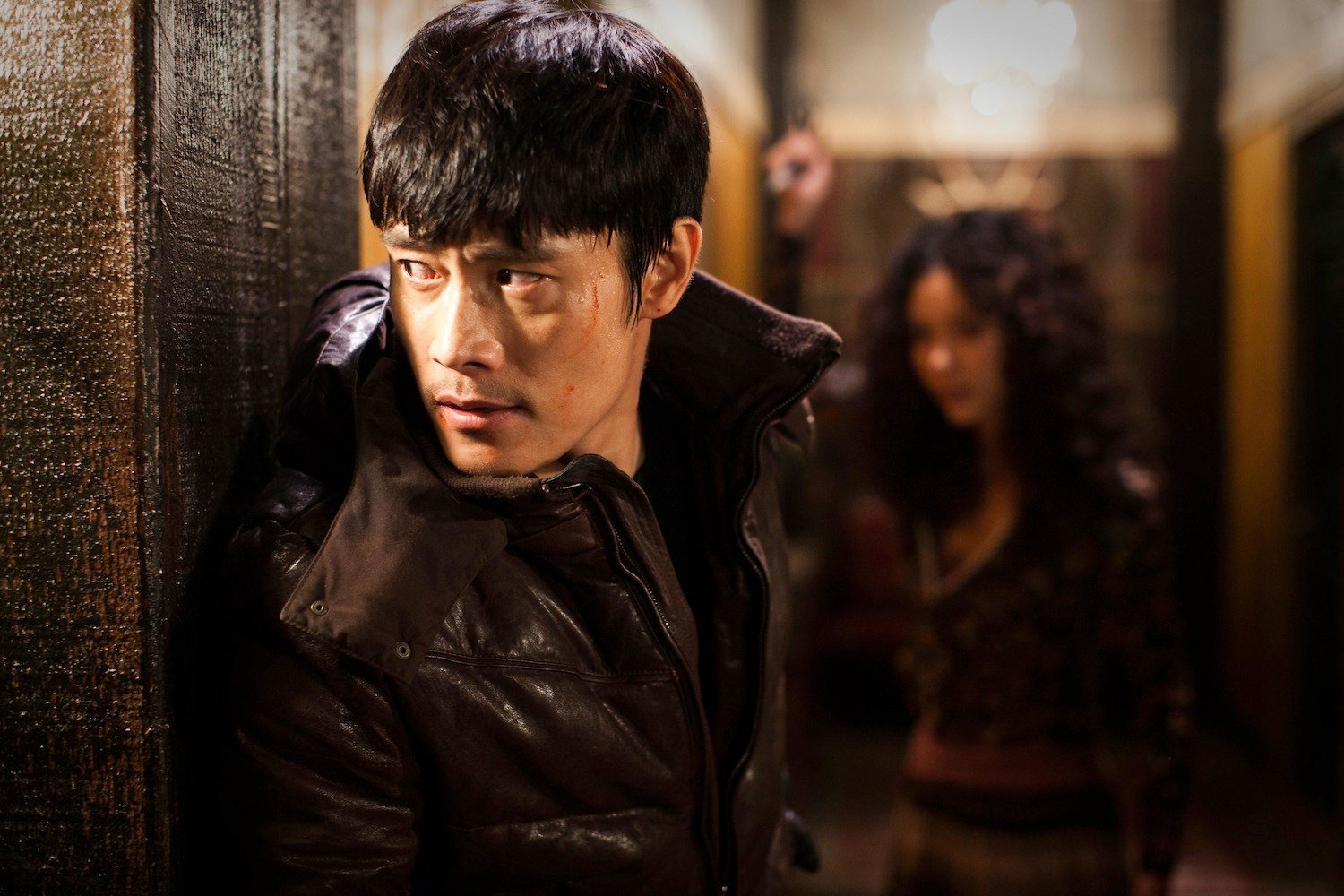
A tale of extreme vengeance that is unapologetically populated by killers, cannibals, rapists and sociopaths. The film presents an NIS agent Kim Soo-Hyun, played by Lee Byung-Hun, who embarks on a quest of revenge when his fiancée is brutally murdered by a psychopathic murderer, Jang Kyung-Chul, played by Choi Min-Sik. The line between good and evil begins to blur when the two play a dangerous game of cat and mouse.
The landscape in which the story plays out is unusually cruel even for a film of this nature and when combined with a series of ever changing set pieces, one would think that the director Kim Jee-Woon would have trouble maintaining a consistent sense of pacing and atmosphere throughout. But thanks to Jee-Woon’s skill behind the camera and the expert work of his cinematographer Lee Mo-Gae they retain those fluctuating tones and use them to reflect the protagonists crumbling psyche.
Though it is extremely violent and chaotic at times, the film’s careful structure and visceral engagement is constantly evocative and never excessive. At the same time, there is such an undercurrent of hidden emotion and depth to the movie that it only makes the violence more provocative and responsive as the viewer quickly becomes invested within the struggles of each character and are invested within the central story.
The characters in question are brought to life brilliantly with some genuinely terrific performances all round. What separates I Saw the Devil from many other films in its genre is how bleakly humorous it is. But at the same time it’s inventive enough to maintain a fair balance to ensure that a horror film occasionally drifts into dark comedy, it will ultimately leave a haunting impression.
6. A Girl Walks Home Alone at Night
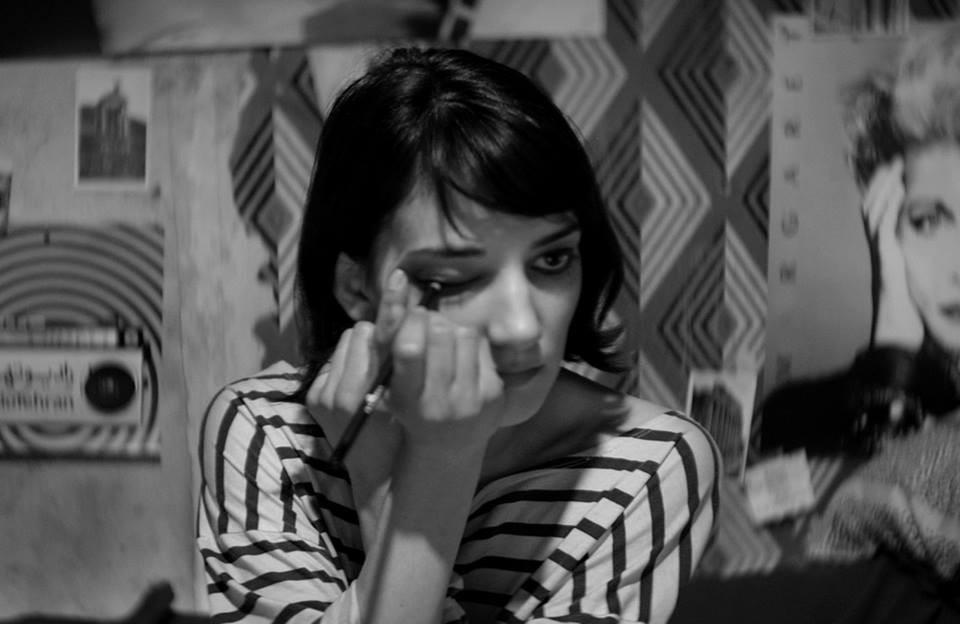
It is difficult to think of a horror film in recent years that has been as distinct and as unique as A Girl Walks Home Alone at Night. Prior to its release, it was advertised as “The first Iranian vampire Western” which essentially lets you know what you are in for, but make no mistake, this is still very much rooted within the horror genre and can easily be categorised as one. The world created within this film is dark, surreal and wonderfully inventive.
Set in the fictional Iranian town of Bad City, the film follows the town and its inhabitants as they are unknowingly stalked by a vampire. Despite being filmed in black and white, there is something so distinctly modern about A Girl Walks Home Alone at Night from its sensibilities to its themes and even its very characters. The way in which it merges so many different cultures and so many differing genres from spaghetti westerns to French new wave but most of all, horror.
The film puts more focus on its atmosphere and characters than narrative, creating a fully immersive world through which many interconnected stories can play out in relation to the supernatural elements. Though these characters may initially come across as somewhat archetypal, their occasional quirks and unique traits make them more distinctive and memorable than the average horror cast, they’re not necessarily deep but they are certainly relatable and memorable.
The film is absolutely gorgeous to behold. The cinematography is glamorous with a high contrast black-and-white that creates a crisp and specific mood with light from the lamp-posts and car headlights refracting and fuzzing across the screen in a blurry line to further emphasise the gloomy city streets and shadowy underworld it is meant to represent.
It can be read as a simple pulp movie, a cheap B-Movie with an unusual flair of stylisation, but it can also be viewed as a political parable. But none of these readings interfere with the feel of the film and it not only stands on its own as an impressive modernist horror movie but also a homage to classic genre movies spanning as far back as the 1950s.